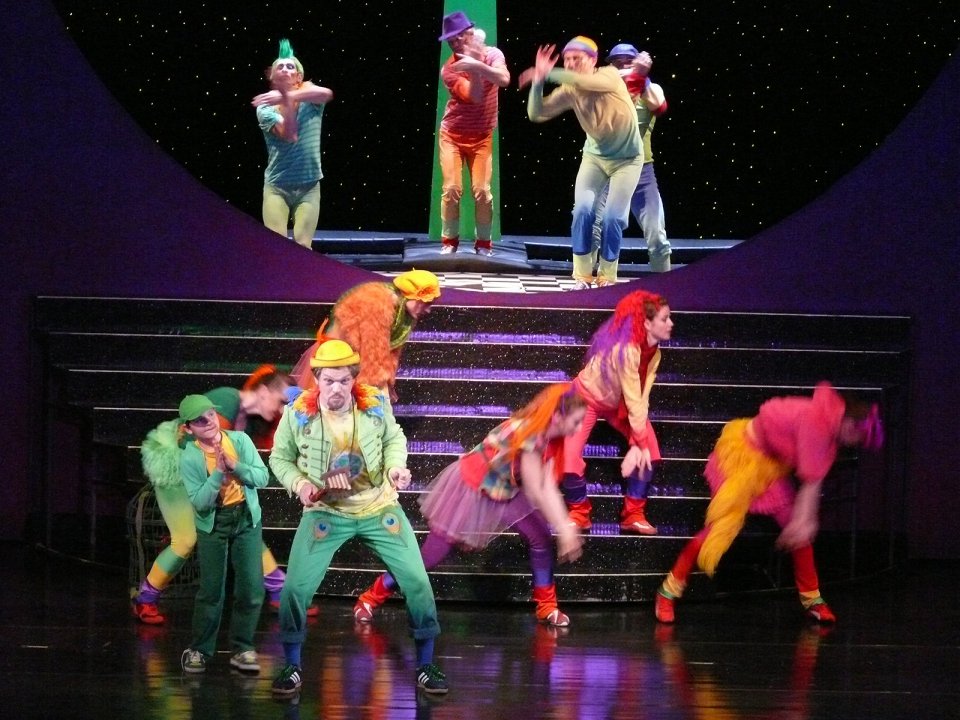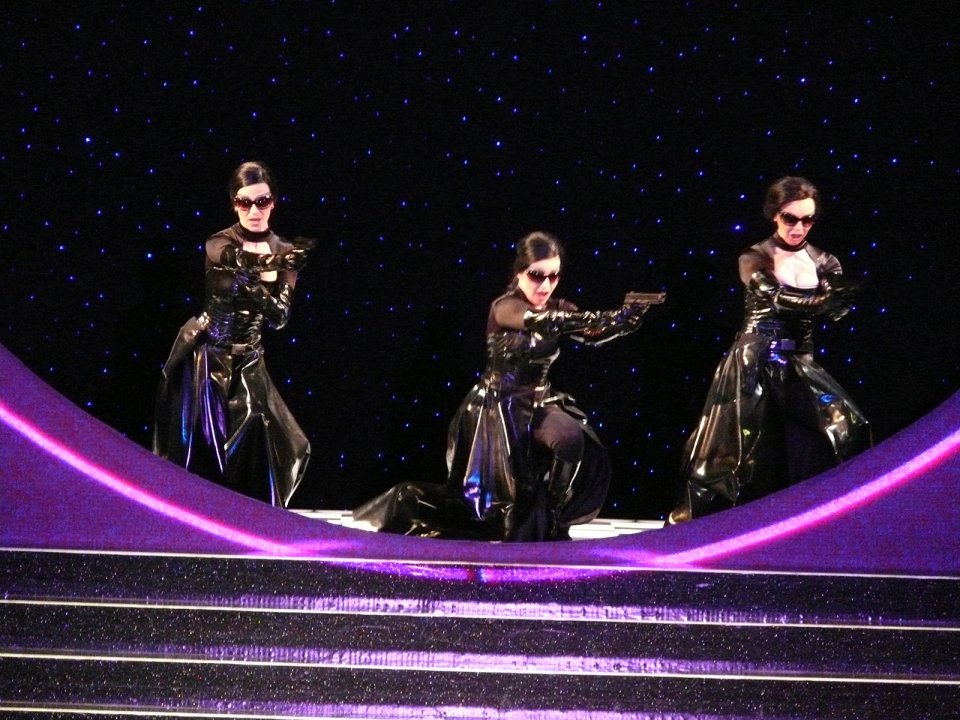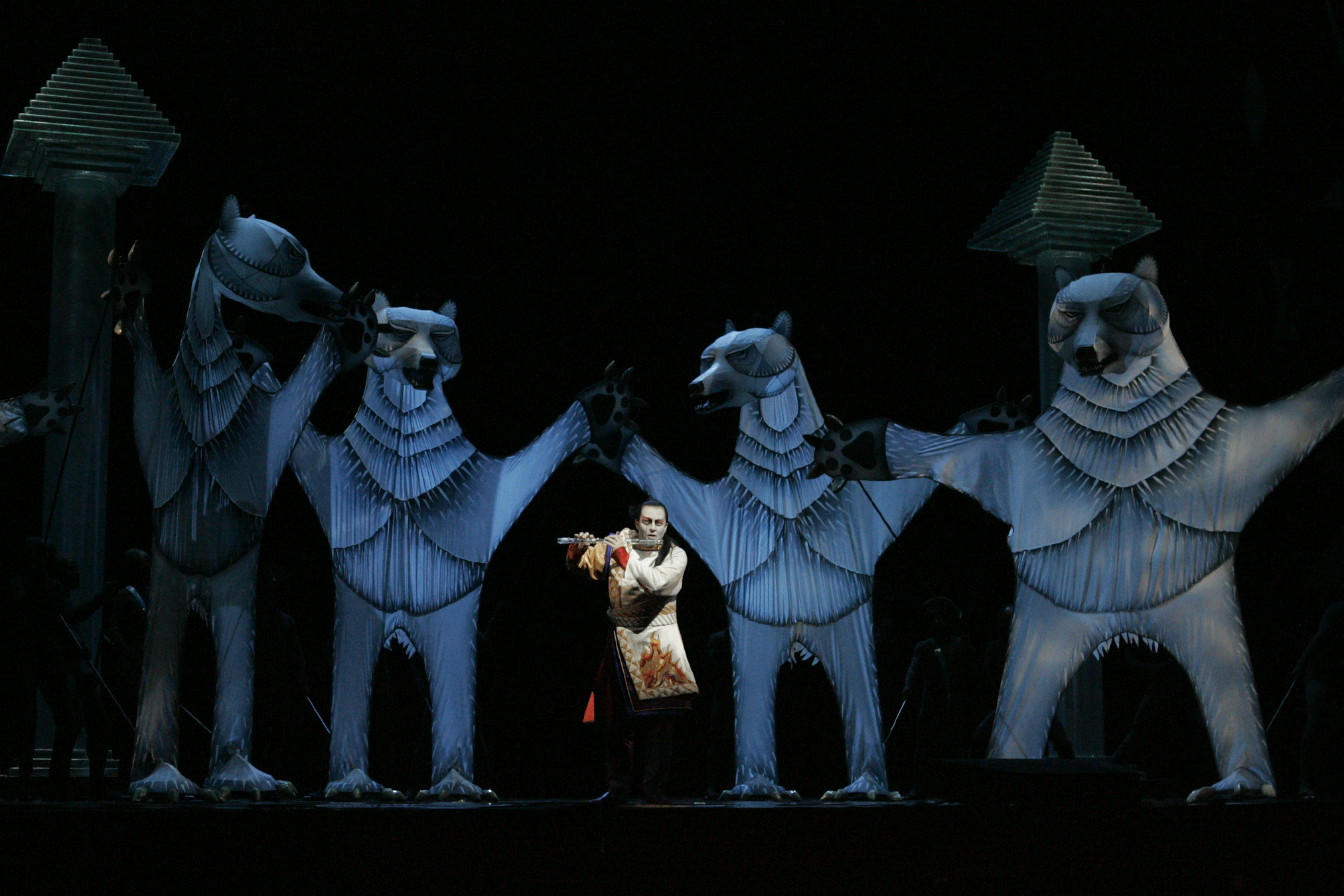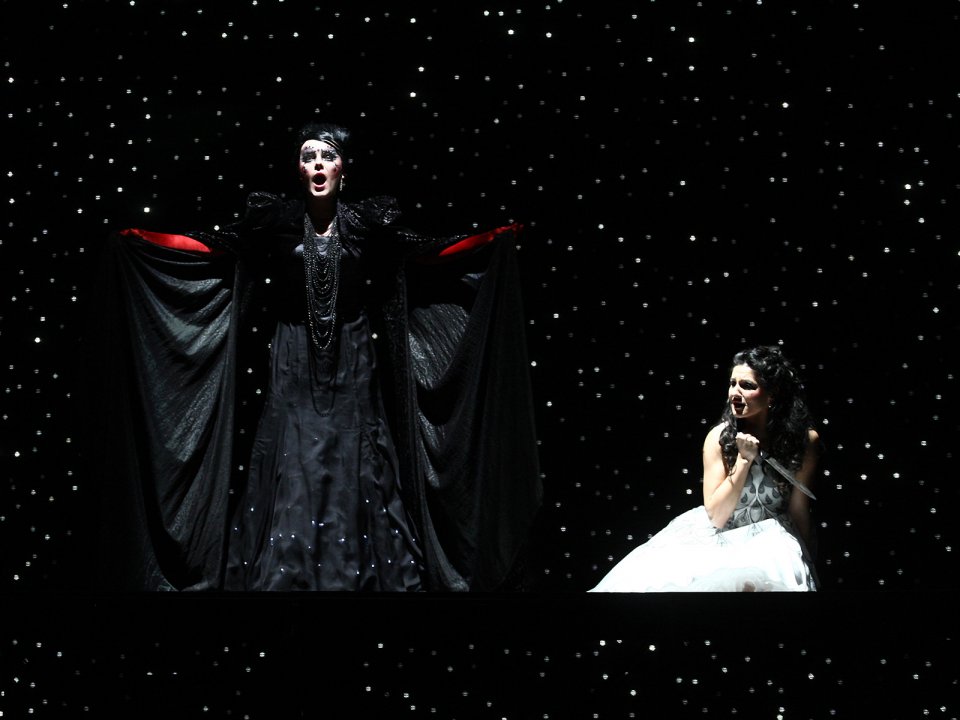
W. A. Mozart: Čarovná flauta, Metropolitná opera New York, 2004, Ľubica Vargicová (Kráľovná noci), foto: súkr. archív Ľ. Vargicovej - Opera Slovakia

V Košiciach opäť zaznie Mozartova Čarovná flauta, sľubuje zaujímavé obsadenie - Divadlo - Kultúra - Pravda
























